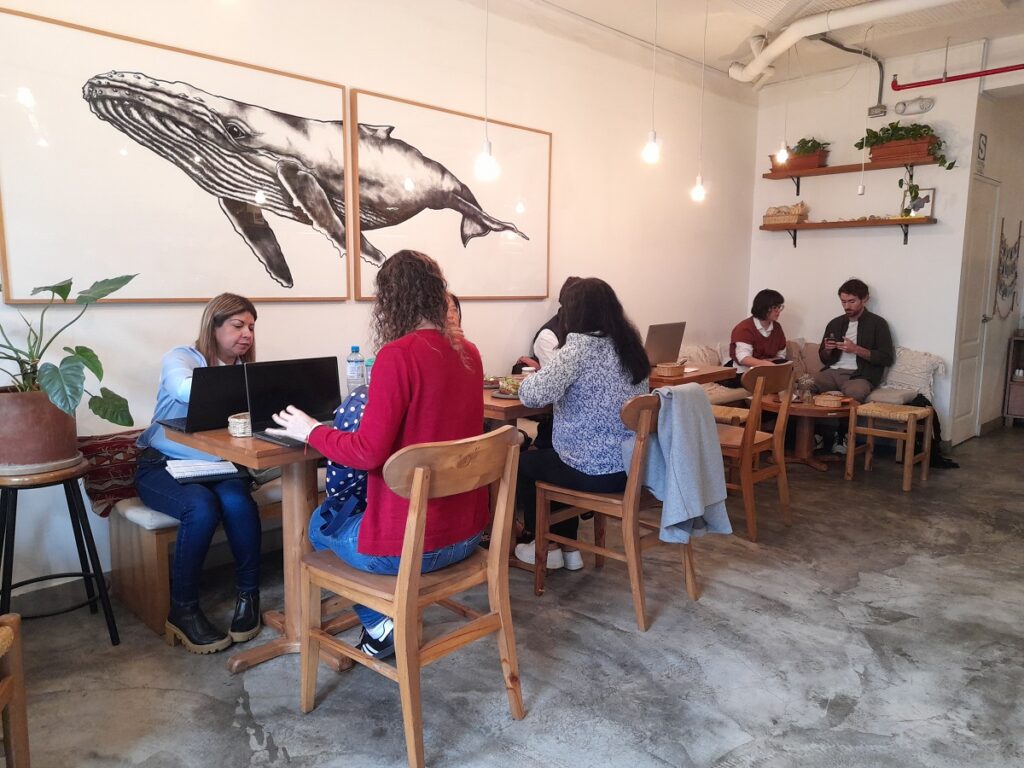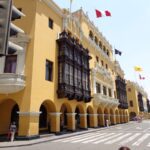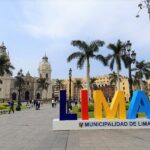Many people who work remotely are usually looking for affordable, beautiful, and even exotic destinations where they can get a digital nomad visa. Until recently, Peru did not offer a digital nomad visa, but that has changed.
Until recently, the only option that digital nomads had to travel to Peru was to enter Peru as tourists. Depending on their nationality, tourists may or may not need a visa.
In Peru, tourists are allowed a stay of up to 183 days within a period of 365 days. Usually, as a tourist, you will get 60 or 90 days on arrival, and will be allowed to extend that stay. You could even ask the officers at the airport to grant you 183 days at once, and if you would be lucky, they would.
While many digital nomads respect this time limit, others choose to overstay. Overstaying isn’t usually a big issue. You just have to pay a small sum per day (4.40 soles, a bit more than USD$ 1) at the airport when leaving the country.
But of course, overstaying isn’t legal, so you could potentially get deported. Even though there are lots of people who do this, I really don’t recommend you doing it.
Now, fortunately for all the remote workers that want to explore Peru at their own pace without being worried about time limits, the new digital nomad visa is a reality.

How Long Can You Stay in Peru as a Digital Nomad?
Now, with the new digital nomad visa, it will be much easier to visit Peru. Instead of being allowed 183 days within a period of a year, digital nomads will be able to stay for at least 365 days in Peru.
After those 365 days, digital nomads will even be able to extend their stay in Peru. That means that they will be able to settle down in Peru, travel, and discover everything that Peru has to offer, without worrying about legal issues anymore.
There hasn’t been an official announcement yet, though, regarding how long it can be extended for.
Who Can Apply for the Peru Digital Nomad Visa?
This migratory status is specifically crafted for foreigners who work remotely, and want to spend time working and getting to know Peru.
This means they will not require a work visa, as they will not have a Peruvian employer. It also means that they will not be allowed to engage in paid activities that generate income from Peruvian sources.
The work has to be exclusively done for companies based outside of Peru.
What Are The Requisites to Apply for a Digital Nomad Visa in Peru?
Although the digital nomad migratory visa law has already been approved in November 2023, the government is not yet issuing them.
This is expected to change soon, though, once the government issues the resolution that regulates the law and changes migration procedures accordingly.
Once these processes are completed, the specific requirements will be published, and I will be sharing them in this post. Very likely, the requisites will include proof of income, overpassing a certain amount of monthly income.

What to Know if You Are Thinking of Applying to the Digital Nomad Visa
If you are thinking of applying to the digital nomad visa and exploring Peru while working remotely, you might be wondering about some essential aspects of living in Peru.
Costs
The costs can vary greatly depending on where you base. The two most common places for digital nomads in Peru are Lima, the capital, and around Cusco, the ancient Inca city.
Depending on where you stay in Lima, if you are used to a comfortable lifestyle, you will not find Lima so cheap. In fact, it’s one of the most expensive cities in South America. But you will have all the comforts you are used to, and some amazing word-class restaurants.
Cusco, on the other hand, will be much cheaper. Especially if you decide to spend your time in the Sacred Valley, like in Pisac or Ollantaytambo. That’s the perfect area if you are looking to spend more time around nature and get to know more of the ancient Inca culture.
It’s in those two regions where you will find the biggest amount of digital nomads. In Lima, specifically in the neghborhoods of Miraflores and Barranco. And in Cusco, in Cusco city itself, and in hippy Pisac.
Internet speed
Internet speed can vary greatly depending on where you are. There’s no way to know if you will end up with good WiFi or not until you are in the place itself. It can vary greatly even in the same neighborhood or across the street, because some connections are through fiber optic and some aren’t.
Unfortunately, internet companies in Peru are terrible. Internet can be down or slow for no reason sometimes. And work perfectly well at other times. Out of all the internet companies, the worst one is Movistar. I highly recommend never hiring their services, because you will deal with the worst customer service you will have ever encountered (according to the experience of my whole life).
As a digital nomad, this can be a determining factor. Especially if you rely on fast internet for calls. What I recommend is getting using the data of your phone. You can easily get a SIM Card in Peru, and the connection is reliable and fast.
Before You Go…
If you want to learn more about the two biggest digital nomad hubs in Peru, I invite you to read this Lima Travel Guide and this Cusco Travel Guide.






